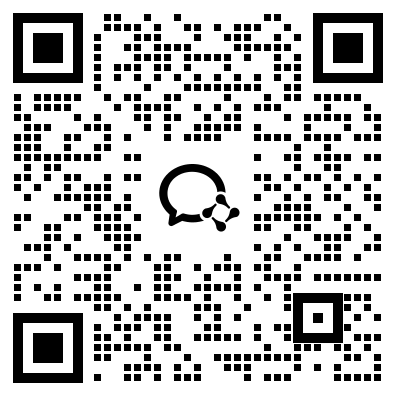Reduced Access to Care During COVID-19
收藏OPEN DATA NETWORK2025-04-21 更新2024-10-26 收录
下载链接:
https://www.opendatanetwork.com/dataset/data.cdc.gov/th9n-ghnr
下载链接
链接失效反馈资源简介:
The Research and Development Survey (RANDS) is a platform designed for conducting survey question evaluation and statistical research. RANDS is an ongoing series of surveys from probability-sampled commercial survey panels used for methodological research at the National Center for Health Statistics (NCHS). RANDS estimates are generated using an experimental approach that differs from the survey design approaches generally used by NCHS, including possible biases from different response patterns and sampling frames as well as increased variability from lower sample sizes. Use of the RANDS platform allows NCHS to produce more timely data than would be possible using traditional data collection methods. RANDS is not designed to replace NCHS’ higher quality, core data collections. Below are experimental estimates of reduced access to healthcare for three rounds of RANDS during COVID-19. Data collection for the three rounds of RANDS during COVID-19 occurred between June 9, 2020 and July 6, 2020, August 3, 2020 and August 20, 2020, and May 17, 2021 and June 30, 2021. Information needed to interpret these estimates can be found in the Technical Notes. RANDS during COVID-19 included questions about unmet care in the last 2 months during the coronavirus pandemic. Unmet needs for health care are often the result of cost-related barriers. The National Health Interview Survey, conducted by NCHS, is the source for high-quality data to monitor cost-related health care access problems in the United States. For example, in 2018, 7.3% of persons of all ages reported delaying medical care due to cost and 4.8% reported needing medical care but not getting it due to cost in the past year. However, cost is not the only reason someone might delay or not receive needed medical care. As a result of the coronavirus pandemic, people also may not get needed medical care due to cancelled appointments, cutbacks in transportation options, fear of going to the emergency room, or an altruistic desire to not be a burden on the health care system, among other reasons. The Household Pulse Survey (https://www.cdc.gov/nchs/covid19/pulse/reduced-access-to-care.htm), an online survey conducted in response to the COVID-19 pandemic by the Census Bureau in partnership with other federal agencies including NCHS, also reports estimates of reduced access to care during the pandemic (beginning in Phase 1, which started on April 23, 2020). The Household Pulse Survey reports the percentage of adults who delayed medical care in the last 4 weeks or who needed medical care at any time in the last 4 weeks for something other than coronavirus but did not get it because of the pandemic. The experimental estimates on this page are derived from RANDS during COVID-19 and show the percentage of U.S. adults who were unable to receive medical care (including urgent care, surgery, screening tests, ongoing treatment, regular checkups, prescriptions, dental care, vision care, and hearing care) in the last 2 months. Technical Notes: https://www.cdc.gov/nchs/covid19/rands/reduced-access-to-care.htm#limitations
提供机构:
data.cdc.gov



